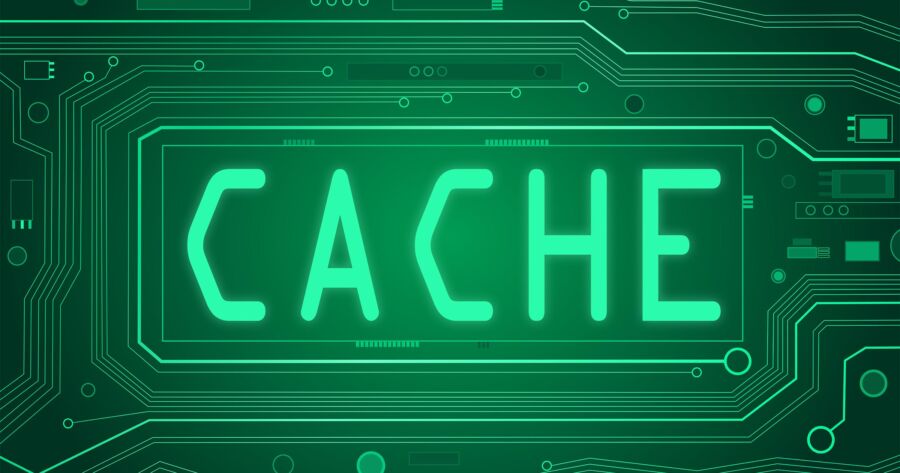Picture this: you’re browsing the web, eagerly awaiting a webpage to load, but it feels like an eternity. Frustrating, isn’t it? Well, fear not, because website caching and object caching are here to save the day and make your browsing experience lightning-fast.
What is Website Caching?
Website caching is like having a secret stash of webpages stored in a cache. When you visit a website, your browser retrieves the webpage’s files from the server, which can take time depending on various factors like server speed and network latency. However, with website caching, a copy of the webpage is stored in a cache, either on your device or on a server closer to you.
So, the next time you visit that same webpage, instead of fetching all the files from scratch, your browser can quickly retrieve them from the cache. It’s like having a shortcut to the webpage, resulting in a faster loading time.
Why is Website Caching Important?
Speed, my friend, is the name of the game. In today’s fast-paced digital world, no one has the patience to wait for a slow-loading website. Studies have shown that a mere second delay in page load time can lead to a significant drop in user engagement and conversions.
By implementing website caching, you can drastically improve your website’s performance. Users will be able to access your content faster, resulting in a better user experience. Additionally, search engines like Google consider page load time as a ranking factor, so a faster website can also boost your SEO efforts.
Types of Website Caching
Now that we’ve established the importance of website caching, let’s dive into the different types:
1. Browser Caching
Browser caching involves storing website files, such as HTML, CSS, and JavaScript, on the user’s device. When the user revisits the website, the browser can retrieve these files from the cache instead of downloading them again. This reduces the load on the server and speeds up the website.
2. Server-Side Caching
Server-side caching, as the name suggests, occurs on the server side. It involves storing a copy of the webpage in the server’s cache. When a user requests the webpage, the server can quickly serve the cached version instead of generating the page from scratch. This is particularly useful for websites with dynamic content that doesn’t change frequently.
3. Content Delivery Network (CDN)
A Content Delivery Network (CDN) is like a global network of caches spread across multiple locations. When you use a CDN, your website’s files are stored in these caches, which are strategically placed closer to the user. This means that users can access your content from a cache that is geographically closer to them, resulting in faster load times.
What is Object Caching?
Now that we’ve covered website caching, let’s move on to object caching. Object caching is a more granular form of caching that focuses on caching specific objects or pieces of data within a webpage.
When a webpage is loaded, it often requires data from a database or external sources. Instead of fetching this data every time the page is loaded, object caching stores the data in a cache. Subsequent requests for the same data can then be served from the cache, eliminating the need for repeated database queries or external API calls.
Benefits of Object Caching
Object caching offers several benefits:
1. Improved Performance
By reducing the number of database queries and external API calls, object caching can significantly improve the performance of your website. This results in faster load times and a smoother user experience.
2. Reduced Server Load
With object caching, your server doesn’t have to work as hard to fetch data for each request. This reduces the load on your server, allowing it to handle more requests without slowing down.
3. Scalability
Object caching can also improve the scalability of your website. By reducing the load on your server, you can handle more traffic without the need for additional server resources.
Conclusion
Website caching and object caching are powerful tools that can significantly enhance the speed and performance of your website. By implementing these caching techniques, you can ensure that your users have a seamless browsing experience and keep them coming back for more.
So, don’t let slow-loading webpages dampen your online adventures. Embrace the power of caching and unlock a world of speed!

